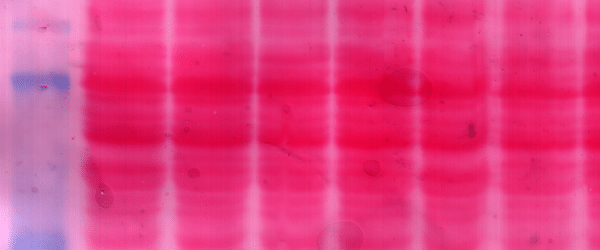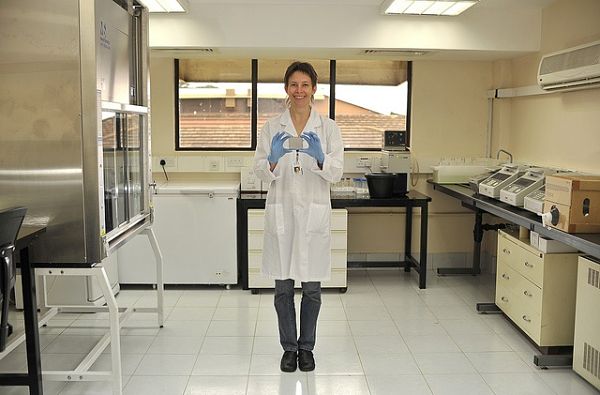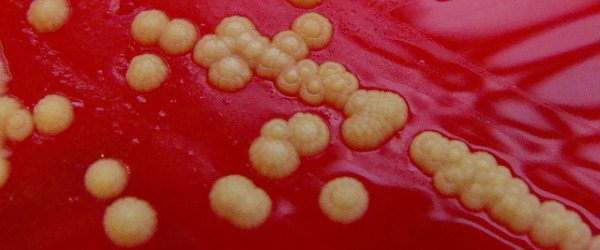Get Your Proteins! Hot Proteins Here! Radioactively Labeled Proteins!
Radioactive protein labeling is not as common as it used to be. With the advent of modern protein labeling techniques, such as fluorescence, radioactive labeling has largely fallen out of favor. However, radioactive protein labeling is still a very useful technique and is often superior to more modern labeling techniques. Radiolabeling can provide a snapshot…




























